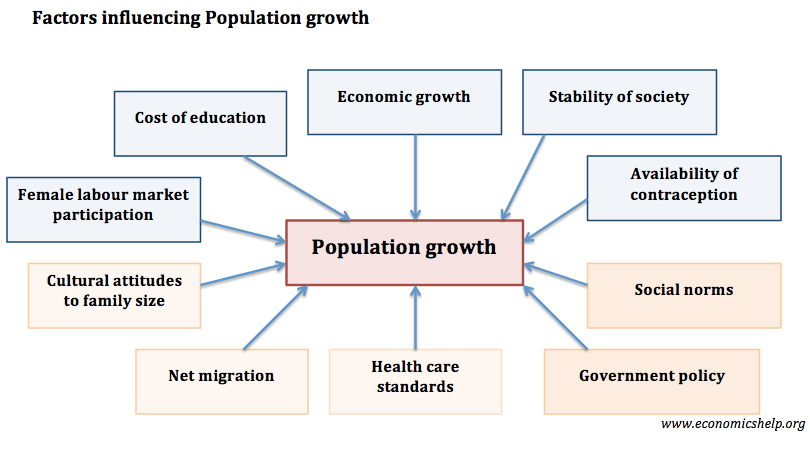The Effect of Large Population Growth on the Environment
Human population growth results in rapid environmental change. This is a result of rapid migration and cutting of forests for farming. It has also swelled the ranks of unemployed people. Nevertheless, the effect of large populations on the environment is still far from negative. Despite its impact on the environment, the effects of population growth are well known and documented. The following are just a few of the consequences. A rapid increase in population means a growing global economy and a more peaceful society.
Population growth reduces per capita income, which reduces investment and savings. With more people in the world, there will be fewer resources available. This means people will need to feed more people on the same income. In addition, population growth leads to increased levels of poverty and overgrazing of forests, which leads to environmental degradation. Further, the increase in population will increase the cost of living, making it more difficult for them to save for retirement.
As a result of population growth, people are living longer than ever. In modern times, birth rates exceed deaths by two-to-one. Improvements in fertility treatments have made it possible for more people to have children. In addition, medical technology has improved, reducing the mortality rate of many serious diseases. With improved technology and medicine, dangerous viruses and ailments have been eliminated. Moreover, the amount of labor in the workforce has increased.
The population growth of countries is a direct result of economic growth, but the negative effects of high population are largely ignored. The consequences of large populations are clear: the global economy will be sluggish, and living standards will be poor. Further, overpopulation will lead to the destruction of land and result in war and starvation. This means that long-term economic growth in advanced countries will be low. In the near future, human numbers will be over-populated.
There are several ways to deal with the effect of large populations on the environment. The population of poor countries is expected to reach a combined population of 850 million in 2010 and 1.7 billion by 2050. This increases the pressure on public utilities, resulting in an overloaded infrastructure and increased consumption. The population of developing countries will have a huge impact on the environment and resources. The effect of overpopulation on the environment is more apparent in the developing world.
In addition to pollution, overpopulation will also affect the economy. It will affect the standard of living of nations. In the United States, the total population will rise by about a billion people in 2021. These people will place great demands on resources, including food, water, and energy. The result will affect economies and standard of living globally. The effect of overpopulation on the environment will be significant. The impact of overpopulation on the environment will have a profound impact on the economy of a country.
A large population will have a negative impact on the quality of life of individuals. The population of a country will be negatively affected by an overpopulation. The population will have less access to resources and fewer jobs. The increase of the population will affect the standard of living of the people in these countries. As a result, the world’s wildlife will suffer. So will the welfare of future generations. There are many other consequences of overpopulation.
In the case of the Earth, a large population is unsustainable. In addition to increasing mortality, the population will be growing rapidly. If a population is growing rapidly, this will increase the demands on resources and lead to higher prices. For example, Ethiopia’s low population growth will make it impossible to grow a sustainable society. Ultimately, a large population will cause a negative effect on the environment. This is the main reason that people have a high mortality rate.
The effect of large population on the environment is a major problem. Increasing population density causes an increase in emissions. But the effect of population growth on the environment is difficult to assess. In high-income countries, immigration can increase the working age population. It may also reduce the burden on the elderly. In contrast, a decrease in population growth may have negative effects on the economy. It also leads to a decline in the productivity of the workforce.




